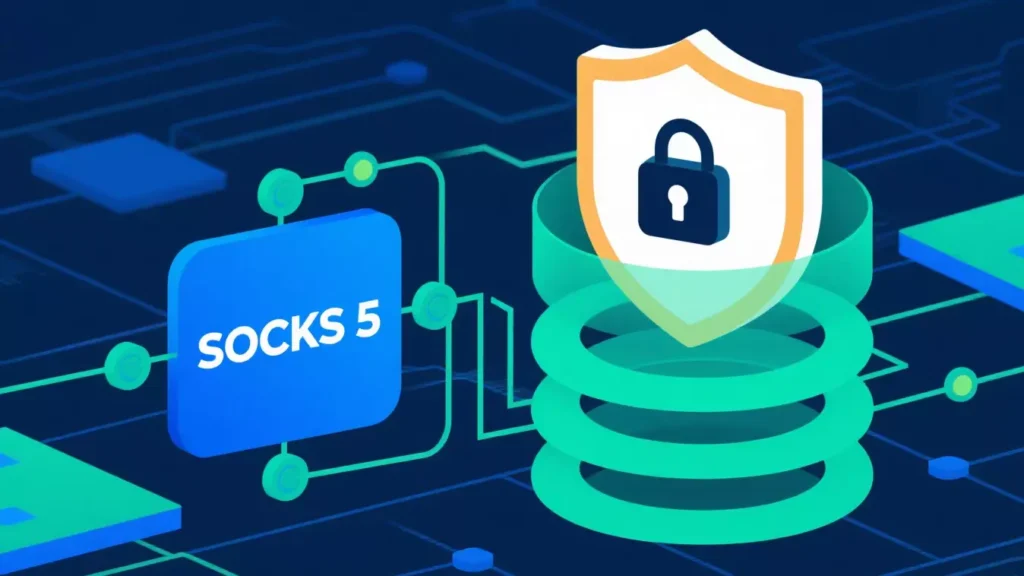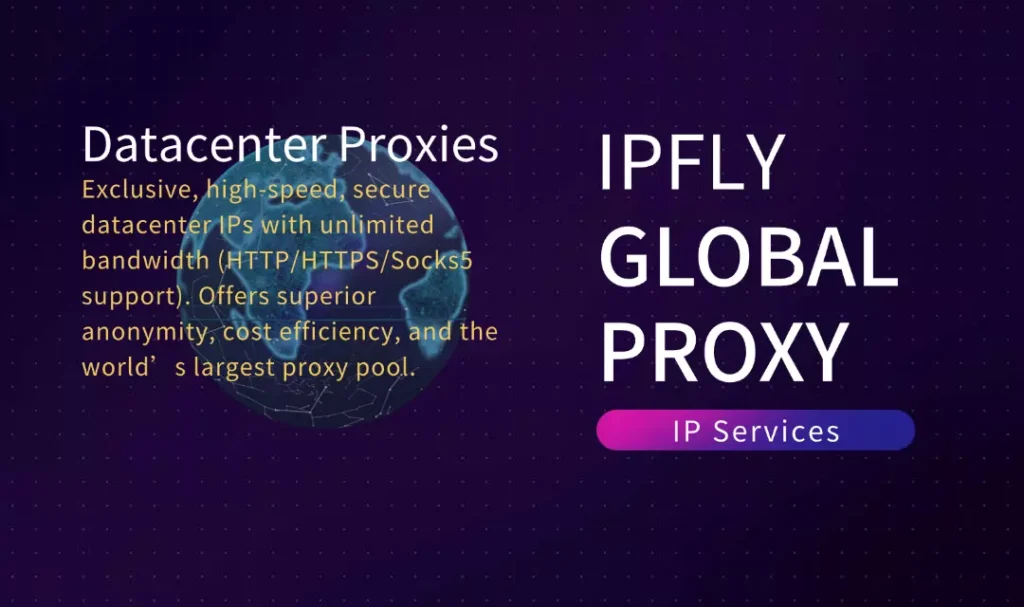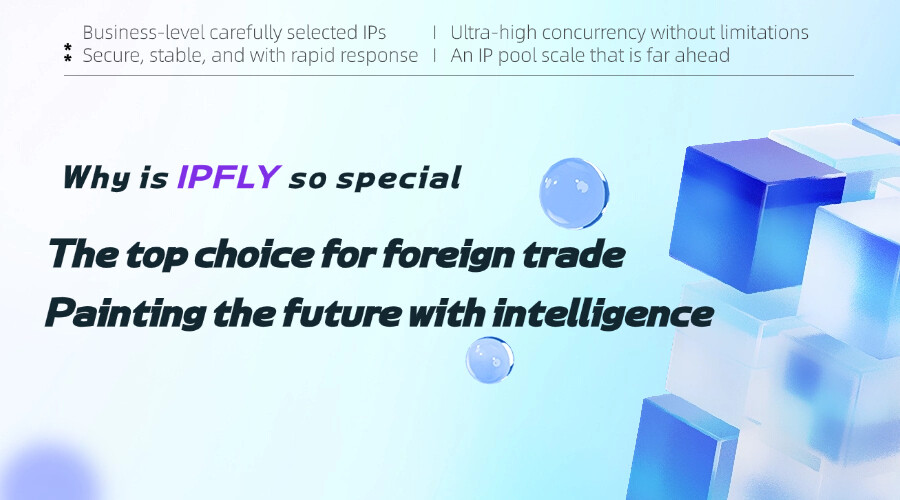If you’ve ever tried to browse the internet privately, access region-locked content, or run applications that demand stable anonymity, you’ve probably come across the term SOCKS5. For beginners, this protocol might sound technical, but in reality, it’s one of the most versatile tools for navigating the online world securely and efficiently.
In this guide, we’ll break down what SOCKS5 is, how it works, and why so many businesses and individuals rely on it. We’ll also explore practical use cases, compare it with other proxy types, and highlight how modern proxy providers deliver SOCKS5 solutions for real-world needs.

What Is SOCKS5?
At its core, SOCKS5 is an internet protocol that routes network traffic between a client (you) and a server through a proxy. Unlike traditional HTTP proxies, which only work with web traffic, SOCKS5 can handle any type of traffic—including TCP and UDP connections.
This flexibility means SOCKS5 can be used for web browsing, streaming, gaming, torrenting, and even enterprise-level automation tasks. It’s an all-purpose protocol, making it one of the most popular choices in modern proxy networks.
How SOCKS5 Works
Here’s a simple breakdown of the process:
- You connect to a SOCKS5 proxy server.
- That server then forwards your traffic to the destination website or app.
- To the destination, it looks like the request originated from the proxy’s IP address, not yours.
The benefit is that your real IP stays hidden, while you gain flexibility in how applications connect. SOCKS5 doesn’t alter your data packets (unlike HTTP proxies), which makes it faster and more reliable for non-web tasks like video calls or peer-to-peer sharing.
Key Features of SOCKS5 Proxies
- Versatility
SOCKS5 isn’t tied to one protocol or service. It works with everything from browsers to online games.
- Fewer Errors
Because it doesn’t rewrite data packets, SOCKS5 reduces the risk of miscommunication between client and server.
- Better Performance
SOCKS5 is often faster than older protocols, especially when paired with high-quality proxy providers.
- Authentication Options
SOCKS5 supports username and password authentication, which adds a layer of security.
SOCKS5 vs. Other Proxy Types
When deciding between SOCKS5 and other proxy protocols, here’s what you should know:
- SOCKS4: An older version without authentication or UDP support. SOCKS5 is the clear upgrade.
- HTTP Proxy: Great for browsing websites, but limited when it comes to applications like gaming or file sharing.
- VPN: Encrypts all traffic, but can be slower. SOCKS5 doesn’t encrypt data, which keeps speeds high but requires trust in the proxy provider.
In short: if you want flexibility across apps and devices, SOCKS5 is the go-to choice.
Common Use Cases for SOCKS5
- Bypassing Geo-Restrictions Want to access a streaming platform only available in the US? A SOCKS5 proxy with a US IP makes that possible.
- Secure File Sharing Peer-to-peer and torrent applications often integrate smoothly with SOCKS5 for improved privacy.
- Online Gaming Gamers use SOCKS5 to reduce latency, avoid IP bans, and connect to region-specific servers.
- Business Automation Companies use SOCKS5 for market research, social media account management, and SEO optimization.
Where IPFLY Fits into SOCKS5 Proxies

While SOCKS5 is powerful, its reliability depends entirely on the proxy provider. That’s where IPFLY comes in.
IPFLY offers access to 90M+ global IPs, spanning over 190 countries, with a strong presence in both residential and datacenter categories. For SOCKS5 users, IPFLY’s dedicated datacenter proxies are especially popular:
- Speed: Their datacenter proxies are optimized for low latency, making them ideal for streaming and gaming.
- Stability: IPFLY operates on self-built servers, ensuring strong uptime.
- Flexibility: Businesses leverage IPFLY’s SOCKS5 support for ad verification, market research, and automation tasks.
Because SOCKS5 doesn’t encrypt traffic, trust in the provider is crucial. IPFLY’s infrastructure and security screening ensure that businesses can scale with confidence.
Choosing the Right SOCKS5 Proxy
When evaluating providers, consider:
- Location Coverage: Do they offer IPs in the countries you need?
- Speed and Reliability: Is the infrastructure strong enough for your workload?
- Authentication Methods: Does the provider support user/password or IP-based access?
- Reputation: Are they trusted in industries like e-commerce or digital marketing?
For enterprises, providers like IPFLY stand out because of their global IP pool and application-specific solutions.
Risks and Best Practices with SOCKS5
While SOCKS5 proxies are powerful, beginners should understand their limitations:
- No Encryption by Default: Unlike VPNs, SOCKS5 won’t secure your data unless paired with SSL/TLS.
- Provider Trust: Always choose a provider with transparent operations and customer support.
- Use Cases Matter: For casual browsing, a VPN might suffice. For business applications, SOCKS5 proxies are often the smarter choice.
Conclusion

SOCKS5 is much more than a buzzword in the proxy world. It’s a flexible, efficient, and widely used protocol that supports diverse applications—from streaming and gaming to enterprise automation.
Whether you’re an individual looking to bypass restrictions or a business scaling digital operations, SOCKS5 offers the adaptability you need. And with reliable providers like IPFLY, you can ensure your proxy connections remain stable, fast, and trustworthy.
📢Want to stay updated on proxy technologies and industry insights? Join IPFLY’s Telegram channel to learn more and connect with others exploring SOCKS5 and beyond.


